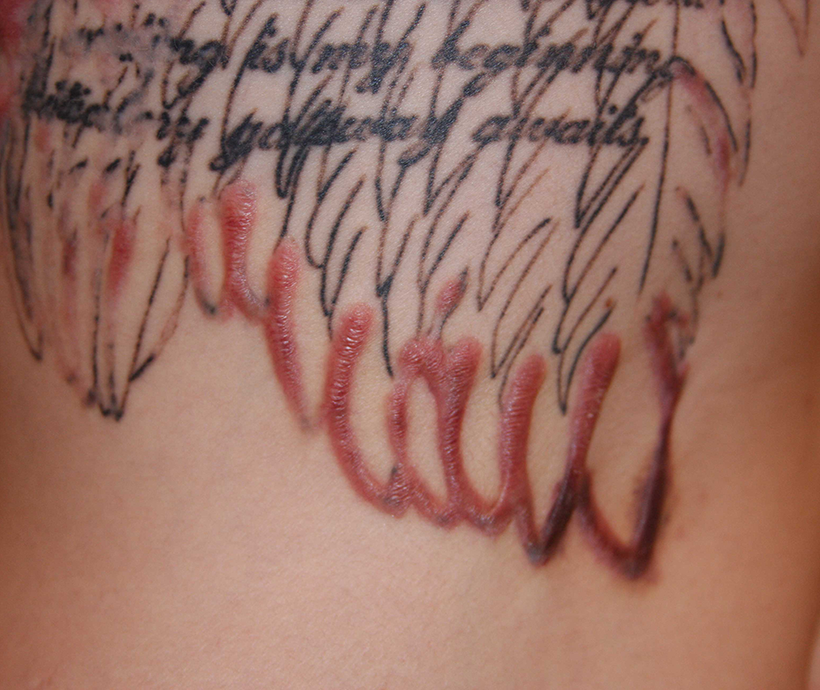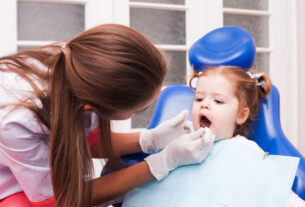The skin is the body’s largest organ, serving as a barrier against injury and infection. When it’s damaged, the body naturally repairs it through the formation of scar tissue. In some cases, however, the healing process becomes overactive, producing a thick, raised scar that grows beyond the original wound. This is known as a keloid.
Although keloids are harmless in most cases, they can cause discomfort, tenderness, and emotional concerns—especially if they are large or located in visible areas.
What Are Keloids?
Keloids are abnormal scars caused by an excessive buildup of collagen during the wound-healing process. Unlike normal scars, which tend to fade and flatten over time, keloids remain raised, often becoming larger than the original injury.
These scars can range in color from pink or red to dark brown, depending on skin tone. They often have a smooth, shiny surface and may feel firm or rubbery to the touch.
Where and Why Do Keloids Form?
Keloids can develop after almost any type of skin injury, including:
- Piercings
- Surgical incisions
- Cuts or scratches
- Burns
- Acne scars
- Insect bites
While anyone can develop keloids, some individuals are more prone to them. The risk is higher in people with darker skin tones, those between 10 and 30 years of age, and those with a family history of abnormal scarring.
Recognizing Keloids
Keloids often develop slowly over months, though in some cases, they may appear more quickly. Symptoms can include:
- Raised, thickened skin at the site of injury
- Expansion beyond the original wound
- Firm or rubbery texture
- Color changes compared to surrounding skin
- Itching, tenderness, or mild pain
Can Keloids Go Away on Their Own?
Unfortunately, keloids rarely disappear without intervention. They may become less noticeable over time, but the raised scar tissue often remains. For those seeking to reduce the appearance or discomfort of a keloid, medical treatments are available.
Common Treatments for Keloids
Managing keloids can be challenging because they tend to recur even after removal. However, various treatments can help minimize their size, flatten them, and improve their appearance.
- Steroid Injections
These reduce inflammation and can flatten the scar. Several sessions may be needed for best results.
- Laser Therapy
Laser treatment can improve texture and lighten the scar’s color, especially when combined with other methods.
- Cryotherapy
Freezing the keloid with liquid nitrogen is useful for smaller scars and can reduce their thickness.
- Surgical Removal
Involves cutting out the keloid, though the risk of recurrence is high without follow-up treatments like steroid injections or radiation.
- Silicone Sheets and Gels
Applying silicone can help soften the scar and reduce its size over time.
- Pressure Therapy
Special garments apply continuous pressure to the area, limiting blood supply and slowing scar growth.
Preventing Keloids
If you know you are prone to keloids, prevention should be a priority. Some helpful tips include:
- Avoid unnecessary piercings or tattoos.
- Protect healing wounds from infection and irritation.
- Use silicone sheets or gels as wounds heal.
- Treat acne early to avoid deep scarring.
- Follow medical advice after surgeries to reduce abnormal scarring.
Living with Keloids
For many people, keloids are more than just a physical mark—they can affect self-confidence and quality of life. While treatments may not completely remove them, significant improvement is often possible with professional care.
Some individuals choose to leave keloids untreated if they do not cause discomfort, while others seek treatment for cosmetic or emotional reasons. Consulting a dermatologist ensures that the chosen treatment approach is safe and effective for the specific case.
Final Thoughts
Keloids are a result of the body’s natural healing process working in overdrive. Although they can be stubborn, a combination of preventive measures, medical treatments, and proper wound care can make a big difference. Whether you choose to manage them for comfort, appearance, or both, understanding your options is the first step toward healthier skin and improved confidence.




